Why Choosing a Design-Build Firm for Your Home Remodel in Greater Lafayette Can Be a Smart Financial Decision
Picture this scenario: you have a vision of transforming your house into your dream home—an exquisite space that reflects your personality, caters to your lifestyle and stands as a testament to your success. Amidst the excitement, the prospect of juggling multiple contractors, architects, and suppliers may seem overwhelming, both in terms of time and expenses. This is why choosing a design-build remodeling firm for your home remodel in Greater Lafayette can be a smart financial decision.
The Difference Between Design-Bid-Build and Design-Build

In the realm of construction and project management, two distinct approaches stand out: design-bid-build and design-build, with several differences between them.
Let’s start with design-bid-build, the more traditional of the two methods. In this approach, the process unfolds in a linear sequence: first, an architect or designer is hired to create detailed plans and specifications for the project. Once these are complete, they are put out to bid, inviting various contractors to submit proposals for the construction work. The project owner then selects the winning bid, and construction commences based on the approved design.
While design-bid-build offers a clear separation of responsibilities between the design and construction phases, it has its drawbacks. For instance, the sequential nature can lead to potential delays, as any design revisions may require design modifications, rebidding, and prolong the pre-construction phase. Additionally, the lack of collaboration between the architect and the builder during the initial design phase may result in unforeseen conflicts and costly change orders during construction.
Design-build, on the other hand, is a more integrated and collaborative approach. In this method, a single entity – the design-build firm – is responsible for both design and construction. From the outset, the designer and builder work hand-in-hand to create a comprehensive plan that takes into account not only aesthetics but also practicality, budget, and construction feasibility.
The design-build model’s strengths lie in its efficiency and streamlined communication. Close collaboration between the design and construction teams fosters better coordination, minimizing potential misunderstandings and change orders. As a result, the overall timeline is often shorter, reducing the project’s duration and associated costs. Moreover, the shared responsibility ensures that design decisions are informed by real-world construction considerations, promoting a more feasible and cost-effective outcome.
Design-Bid-Build vs. Design-Build: A Look at Average Costs
Understanding the cost implications of different construction approaches is essential to making informed decisions.
When it comes to average costs, design-bid-build may initially appear more cost-effective due to competitive bidding. However, consider the potential for delays and change orders that can add up over time. Plus, architects may charge by the hour or by the total square footage of the project. This can add up to hefty expenses if the project is large or complicated, or if the chosen architect is the company’s principal and charges at the top end of the scale.
Due to the collaborative nature of the design-build process, it leads to a smoother construction journey and results in lower overall costs and a shorter project timeline.
How the Design-Build Method Can Convert into Long-Term Savings

For the informed homeowner seeking not just immediate improvements, but also long-term financial benefits, the design-build method stands out as a wise investment choice. Consider these benefits:
- Minimized risk. With design-build, the cohesive collaboration ensures your project stays on track and minimizes the potential for costly mistakes or change orders.
- Peace of Mind. Your design-build professionals work closely with you to understand your unique needs and preferences, resulting in a space that brings you genuine joy and satisfaction.
- Efficiency. The collaborative approach minimizes delays, resulting in shorter construction timelines and lower labor costs. Additionally, integration of design and construction leads to smoother workflows along with fewer unexpected expenses.
- You get what you pay for. The up-front investment of the design-build model results in not only lower costs, but also the value you receive is unmatched. Every aspect of your project is well-considered, resulting in a space that both meets your needs and exceeds your expectations.
Moreover, the personalized nature of design-build ensures your home reflects your unique identity and lifestyle, adding an invaluable joy factor to your living space. With a focus on durability and quality craftsmanship, your remodeled space will stand the test of time, reducing the need for frequent repairs or renovations. This can save significant expenses over the years.
Efficiency and synergy lie at the core of the design-bid-build vs. design-build service approach. By partnering with an experienced, design-build remodeling firm, you bypass the need to juggle various companies and mediate potential conflicts yourself. The unified team ensures smooth and transparent communication, reducing the chances of misinterpretation and costly errors. And this streamlined approach allows for effective coordination throughout the project, ultimately saving you valuable time and money.
You deserve nothing less than the best as you transform your house into the home of your dreams.
Riverside Construction’s Design-Build Approach is a Smart Financial Decision for Greater Lafayette Homeowners
When it comes to choosing a design-build remodeling firm, Riverside Construction stands out as the premier choice for those looking to optimize their remodeling investment.
With decades of experience since its founding in 2008, Riverside Construction has a solid track record of successful projects. This is a result of their transparent communication, quality workmanship, and client-centric approach. Riverside values the satisfaction and happiness of their clients above all else.
Smart financial decisions are at the heart of Riverside Construction’s approach. Their design and construction teams work collaboratively to create a plan that aligns with your budget, providing you with a detailed estimate up front. By staying on top of costs, minimizing unnecessary expenses, and selecting quality materials, they ensure your investment is financially prudent and that you’ll love the result.
With a reputation for excellence in the Greater Lafayette community, and glowing client testimonials, you can rest assured that your remodeling project is in capable hands.
Choose Riverside Construction as your trusted design-build remodeling partner. Contact us at 765-838-1644 or complete our convenient online form to schedule your free initial consultation.
Are you on our newsletter list? Sign up here to receive remodeling updates! And before you leave, check out our portfolio for inspiring ideas!
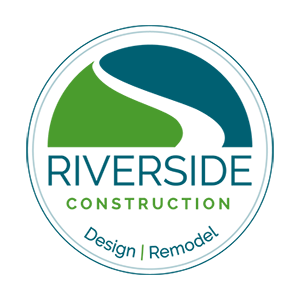
 Phase 1 – Evaluation and Initial Planning
Phase 1 – Evaluation and Initial Planning Phase 2 – Detailed Design and Selections
Phase 2 – Detailed Design and Selections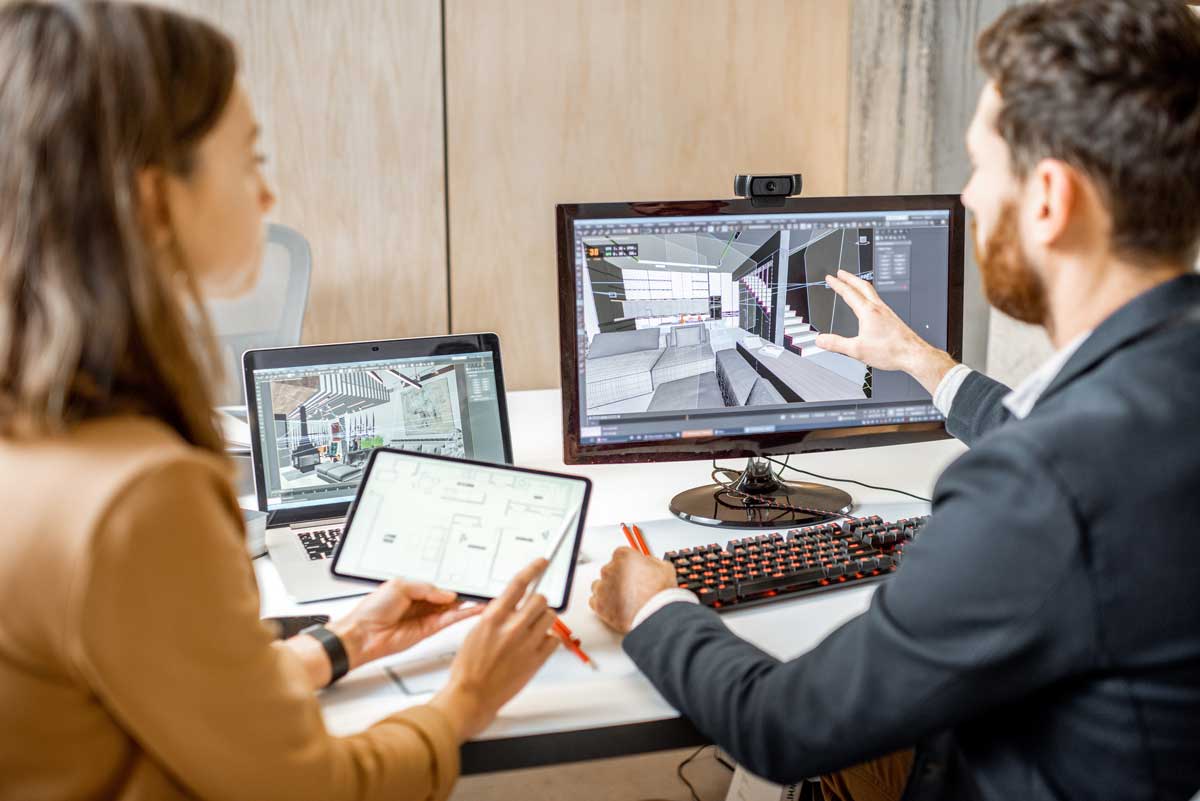
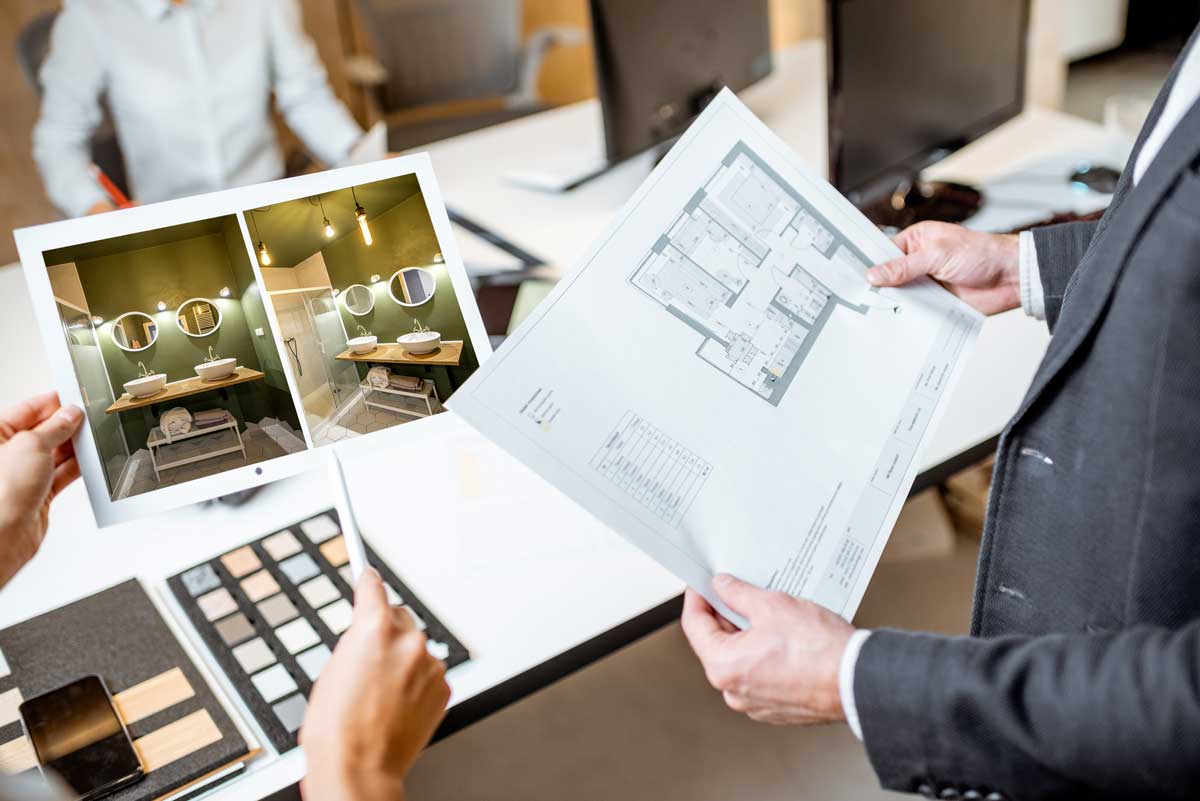


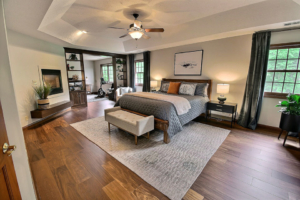
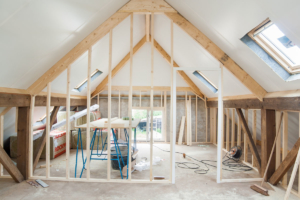
 Like with staying in place and remodeling, there are also several benefits to building an entirely new house, whether on the same lot or elsewhere.
Like with staying in place and remodeling, there are also several benefits to building an entirely new house, whether on the same lot or elsewhere. Building a new house from scratch also comes with drawbacks.
Building a new house from scratch also comes with drawbacks.
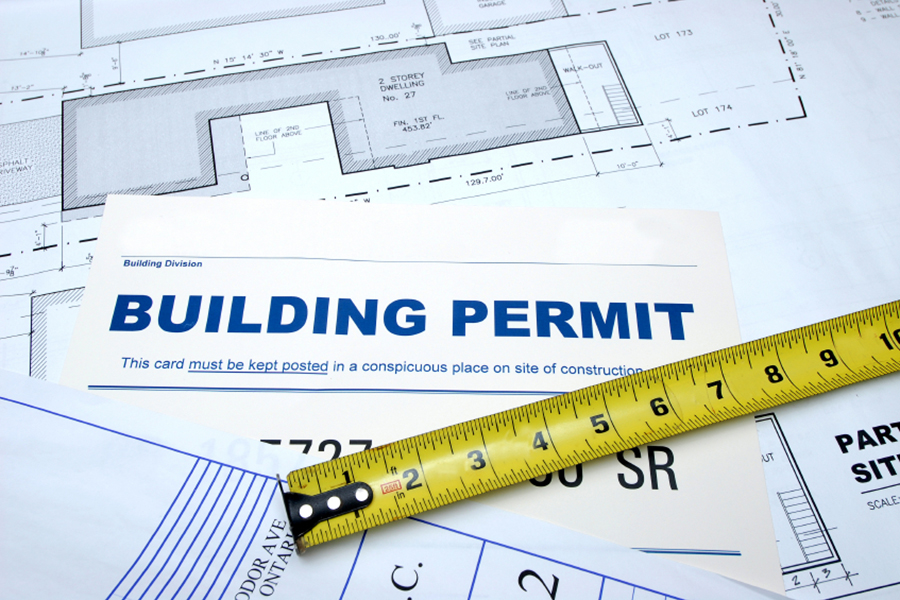
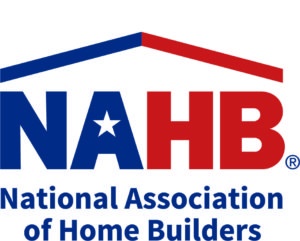


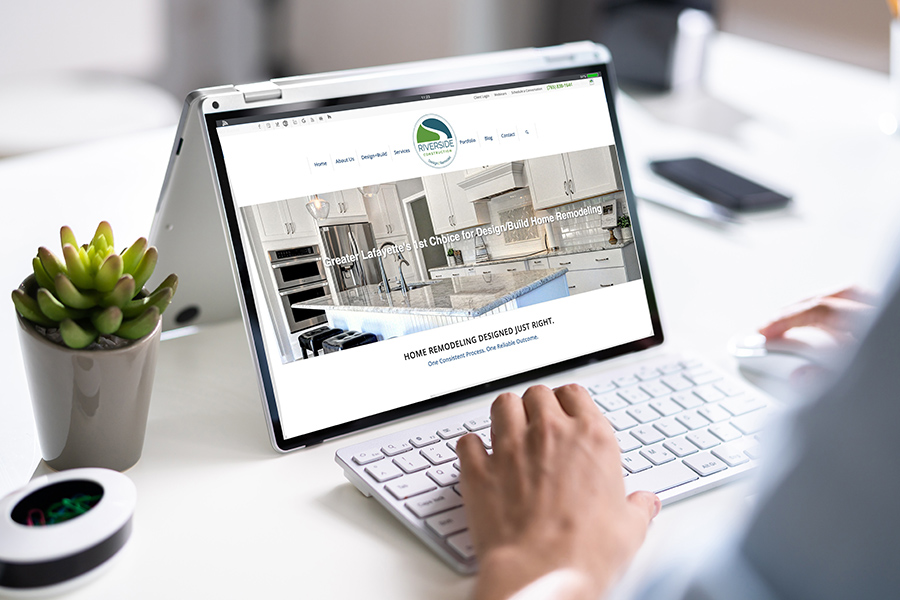 Another important distinction is the type of remodeling contractor you want to work with. Are they a full-service design build firm or a general contractor? What’s the difference? The quick answer is that a general contractor works independently from an architect. As a homeowner, you would be responsible for finding an architect first—someone who produces a set of architectural design plans for you. Then, you would hire a general contractor independently to build the remodel from the set of drawings provided by the architect.
Another important distinction is the type of remodeling contractor you want to work with. Are they a full-service design build firm or a general contractor? What’s the difference? The quick answer is that a general contractor works independently from an architect. As a homeowner, you would be responsible for finding an architect first—someone who produces a set of architectural design plans for you. Then, you would hire a general contractor independently to build the remodel from the set of drawings provided by the architect.

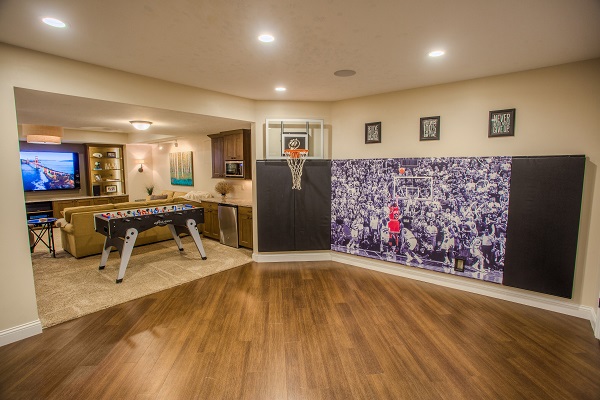
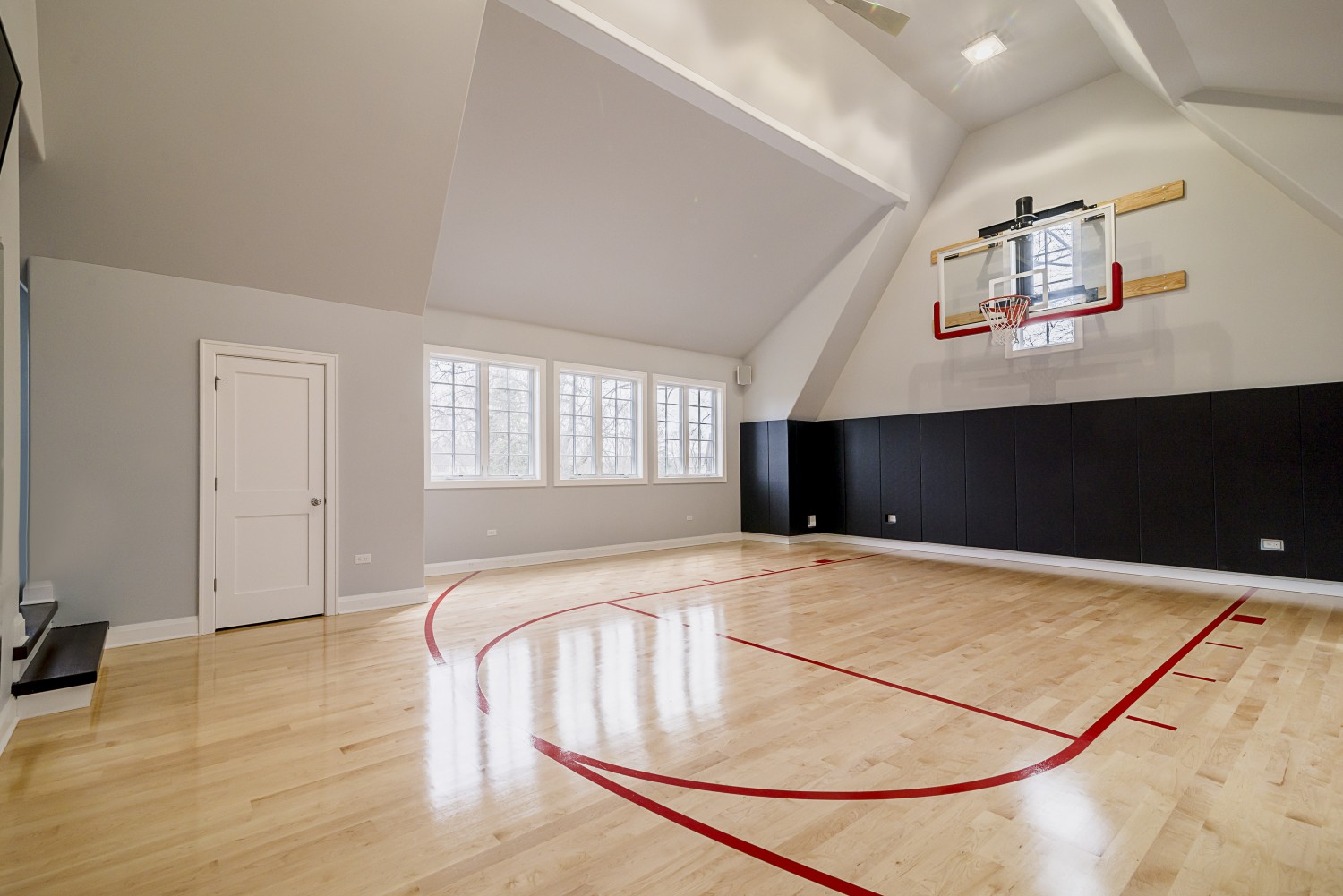
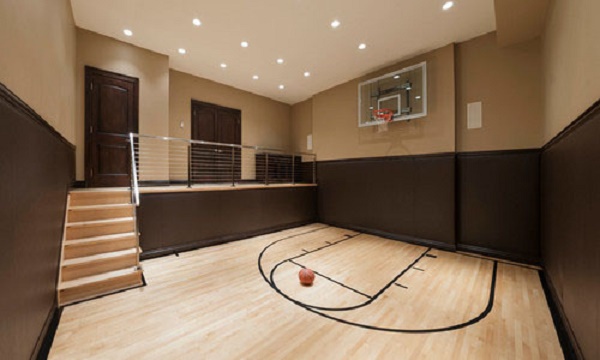
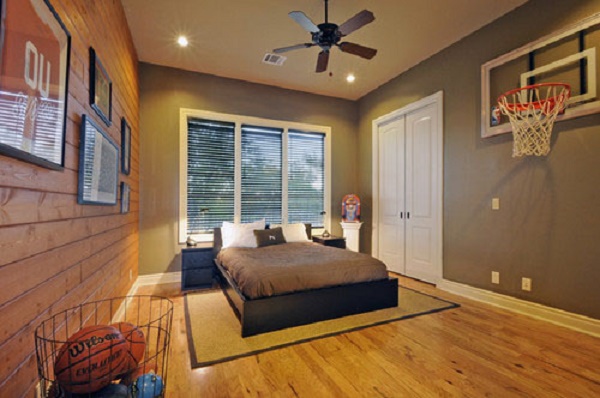
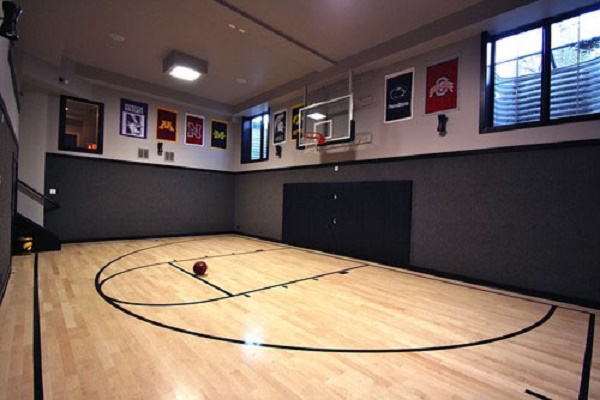
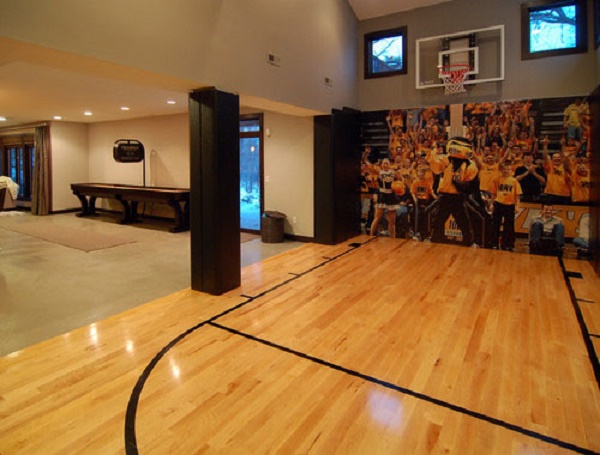
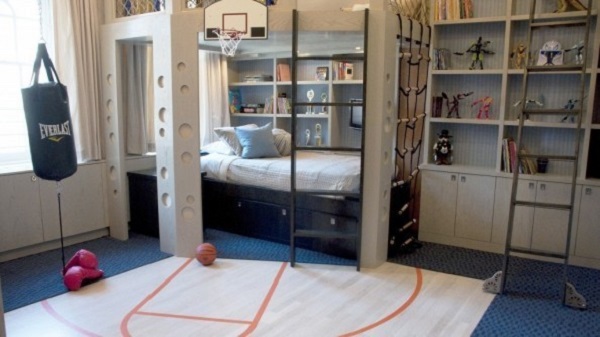
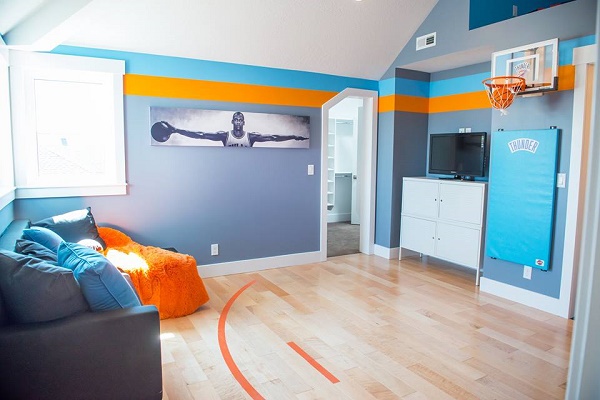
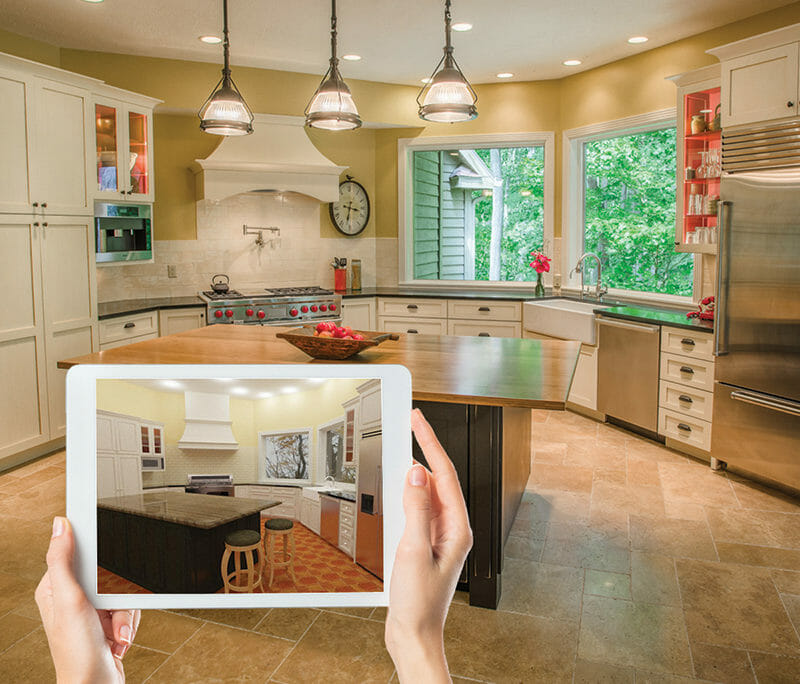
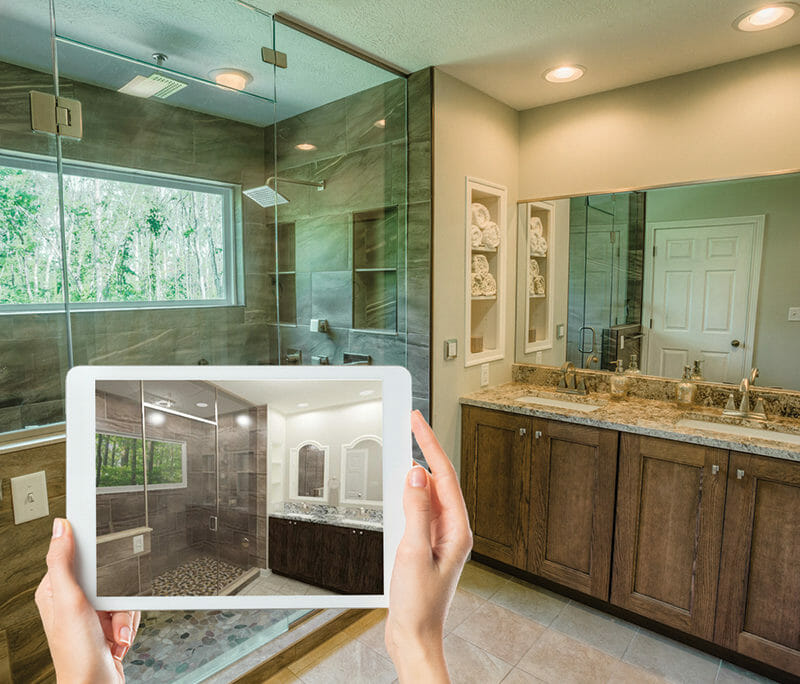
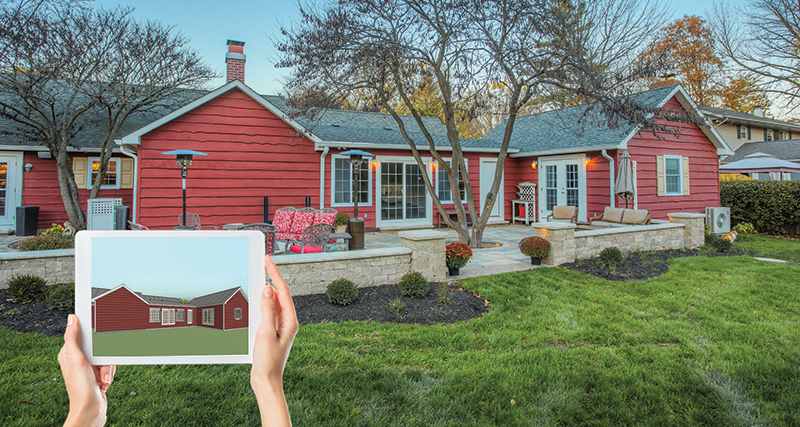

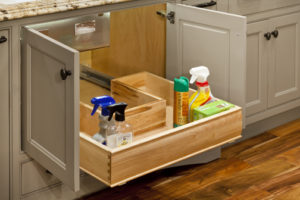
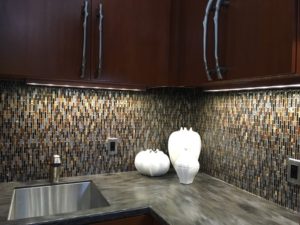 Often an overlooked kitchen design essential is under cabinet lighting. Under cabinet lights are installed under the upper cabinets to not only provide good task lighting, but also add depth and ambience to your valuable kitchen space. Two under cabinet lighting options that Riverside Construction recommends is LED (Light Emitting Diodes) and Xenon.
Often an overlooked kitchen design essential is under cabinet lighting. Under cabinet lights are installed under the upper cabinets to not only provide good task lighting, but also add depth and ambience to your valuable kitchen space. Two under cabinet lighting options that Riverside Construction recommends is LED (Light Emitting Diodes) and Xenon.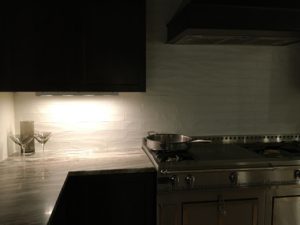
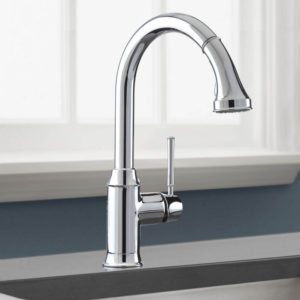 If you’ve ever tried to fill a large, tall pot with water using a standard, 45-degree angle faucet, you know that it’s virtually impossible to do! A more updated, decorative option is the high arc faucet, which not only allows you extra workspace to fill up large pots, but also adds an elegant feature to your home.
If you’ve ever tried to fill a large, tall pot with water using a standard, 45-degree angle faucet, you know that it’s virtually impossible to do! A more updated, decorative option is the high arc faucet, which not only allows you extra workspace to fill up large pots, but also adds an elegant feature to your home.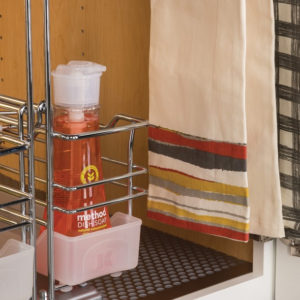 In an ideal world, the inside of your sink cabinet should never get wet. Yet, they do, whether from water or liquid chemicals. To protect against cabinet damage, Riverside Construction recommends installing a
In an ideal world, the inside of your sink cabinet should never get wet. Yet, they do, whether from water or liquid chemicals. To protect against cabinet damage, Riverside Construction recommends installing a 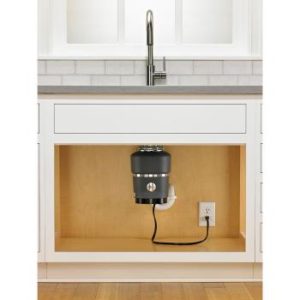 It’s hard to imagine a kitchen without a garbage disposal, as this hard-working machine makes the unpopular task of cleaning dishes a whole lot easier. When it comes to choosing a garbage disposal that is right for you, the difference is in the horsepower. How much horsepower do you need? Riverside Construction recommends a ¾ HP or 1 HP. A ¾ HP disposal is suitable for a family of four and has more power than a ½ or ¼ HP disposal. It also typically comes with additional sound protection features—keeping unwanted noise to a minimum.
It’s hard to imagine a kitchen without a garbage disposal, as this hard-working machine makes the unpopular task of cleaning dishes a whole lot easier. When it comes to choosing a garbage disposal that is right for you, the difference is in the horsepower. How much horsepower do you need? Riverside Construction recommends a ¾ HP or 1 HP. A ¾ HP disposal is suitable for a family of four and has more power than a ½ or ¼ HP disposal. It also typically comes with additional sound protection features—keeping unwanted noise to a minimum.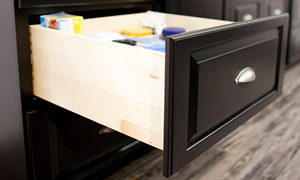 Cabinetry today requires modern innovation as well as functionality. That is why Riverside Construction recommends soft-close drawer slides to provide you with not only the latest in technology, but also the pleasant, quiet, functional convenience of smooth closing drawers—guaranteed to add to the prolonged enjoyment of your newly remodeled kitchen.
Cabinetry today requires modern innovation as well as functionality. That is why Riverside Construction recommends soft-close drawer slides to provide you with not only the latest in technology, but also the pleasant, quiet, functional convenience of smooth closing drawers—guaranteed to add to the prolonged enjoyment of your newly remodeled kitchen.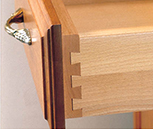 When it comes to quality drawers, Riverside Construction recommends Wellborn. Their dovetail construction has always been known as the strongest, most durable method of furniture assembly, creating a beautiful, long-lasting drawer.
When it comes to quality drawers, Riverside Construction recommends Wellborn. Their dovetail construction has always been known as the strongest, most durable method of furniture assembly, creating a beautiful, long-lasting drawer.

